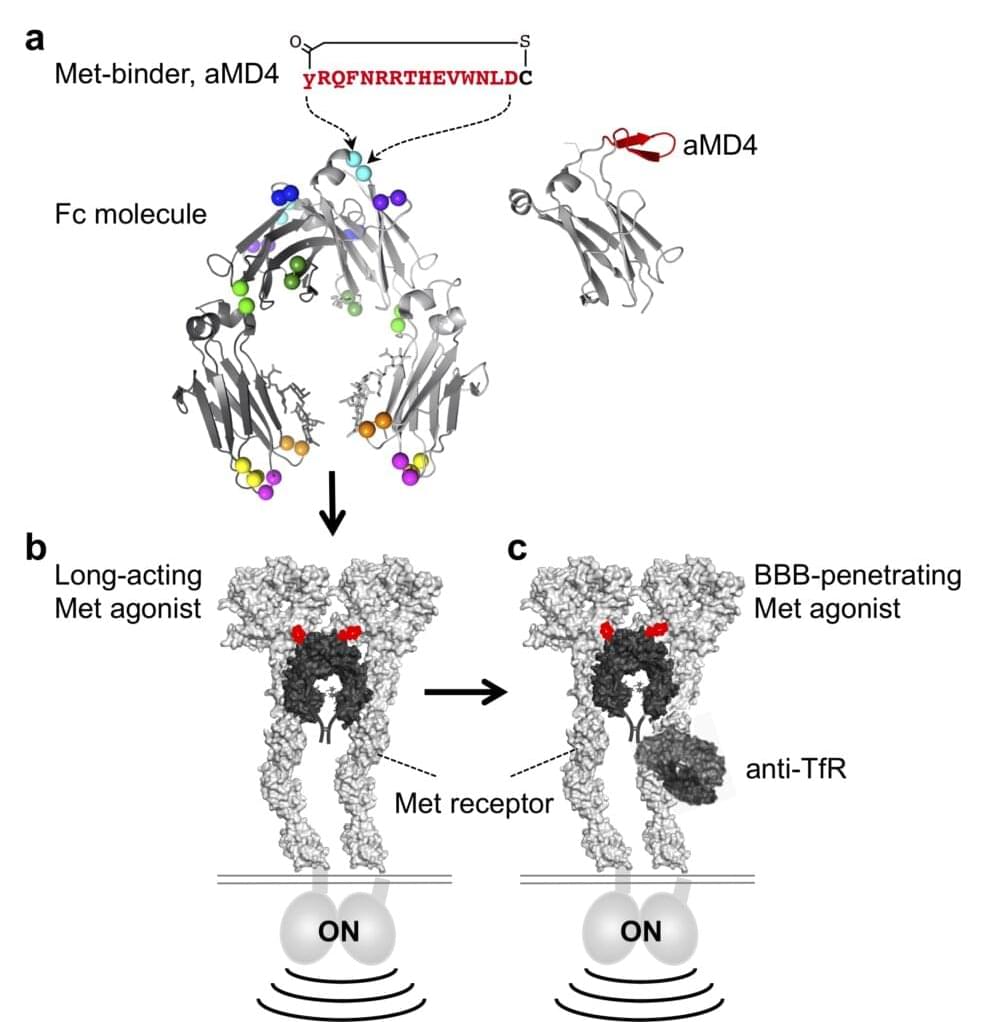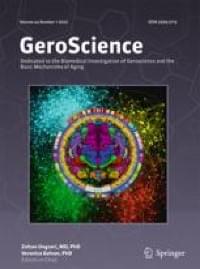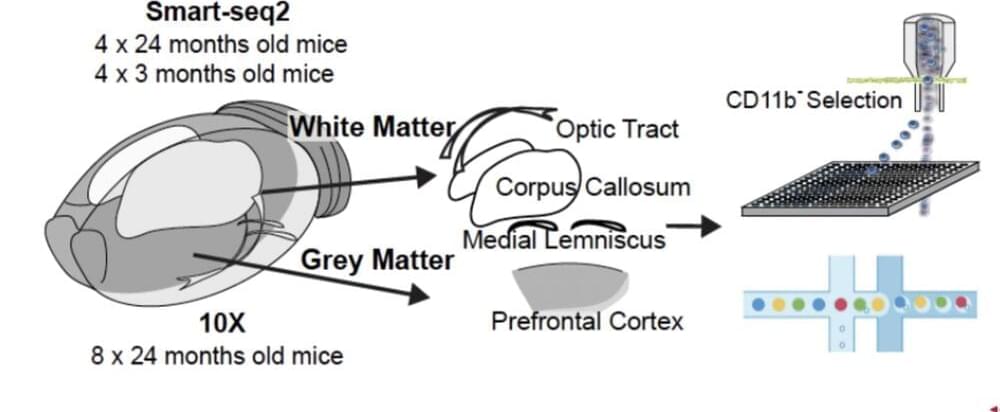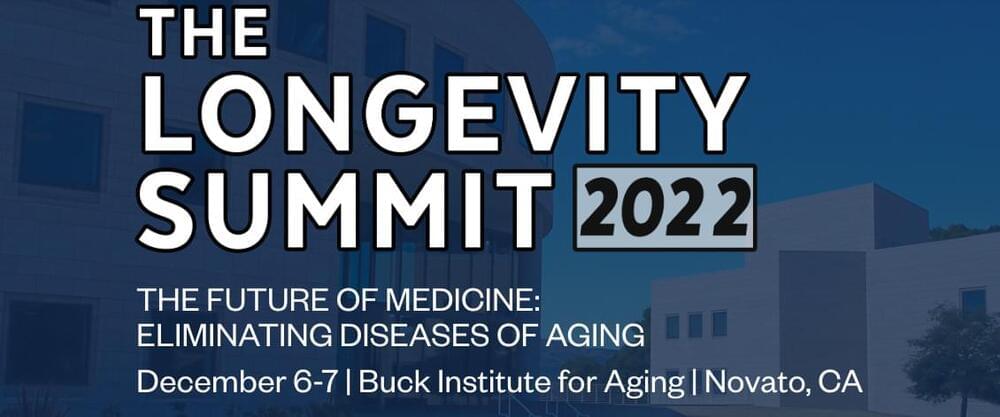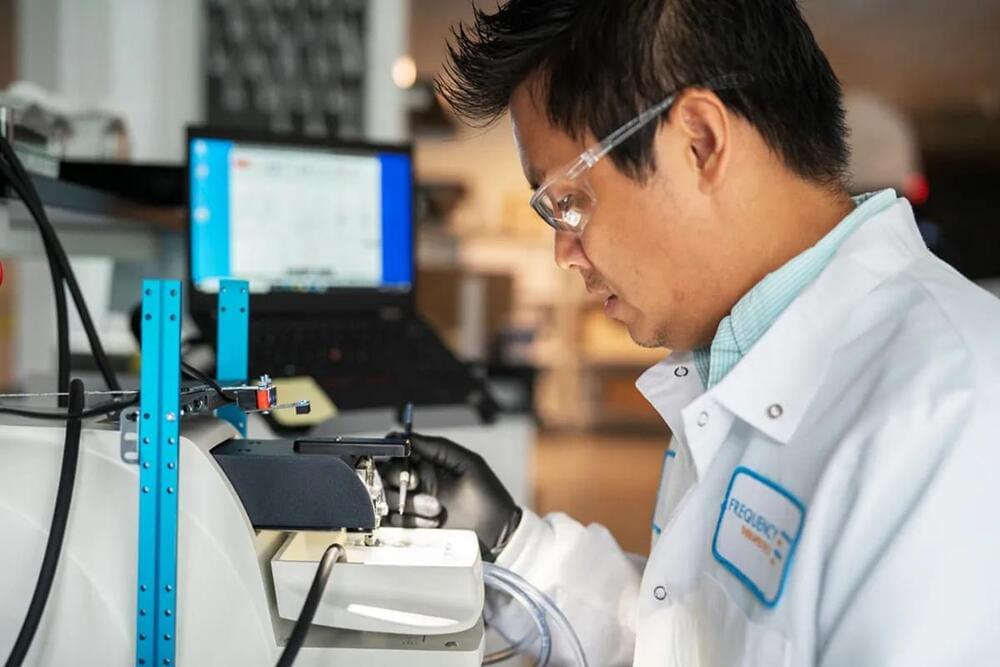In a study recently published in the journal Nature Biomedical Engineering, researchers from Kanazawa University use a method called “lasso-grafting” to design therapeutics with enhanced longevity and brain penetration.
Cell growth and repair are stimulated by biomolecules known as cytokines and growth factors. Unfortunately, delivering adequate concentrations of these molecules to the brain for treating neurological conditions like Alzheimer’s disease is challenging as they are either cleared out of the blood very quickly or do not penetrate neural tissue effectively.
A research team led by Kunio Matsumoto and Katsuya Sakai at Kanazawa University in collaboration with Junichi Takagi, Osaka University and Hiroaki Suga, the University of Tokyo has now used a technique called “lasso-grafting” to design molecules that replicate growth factors with longer retention in the body and brain penetration.
